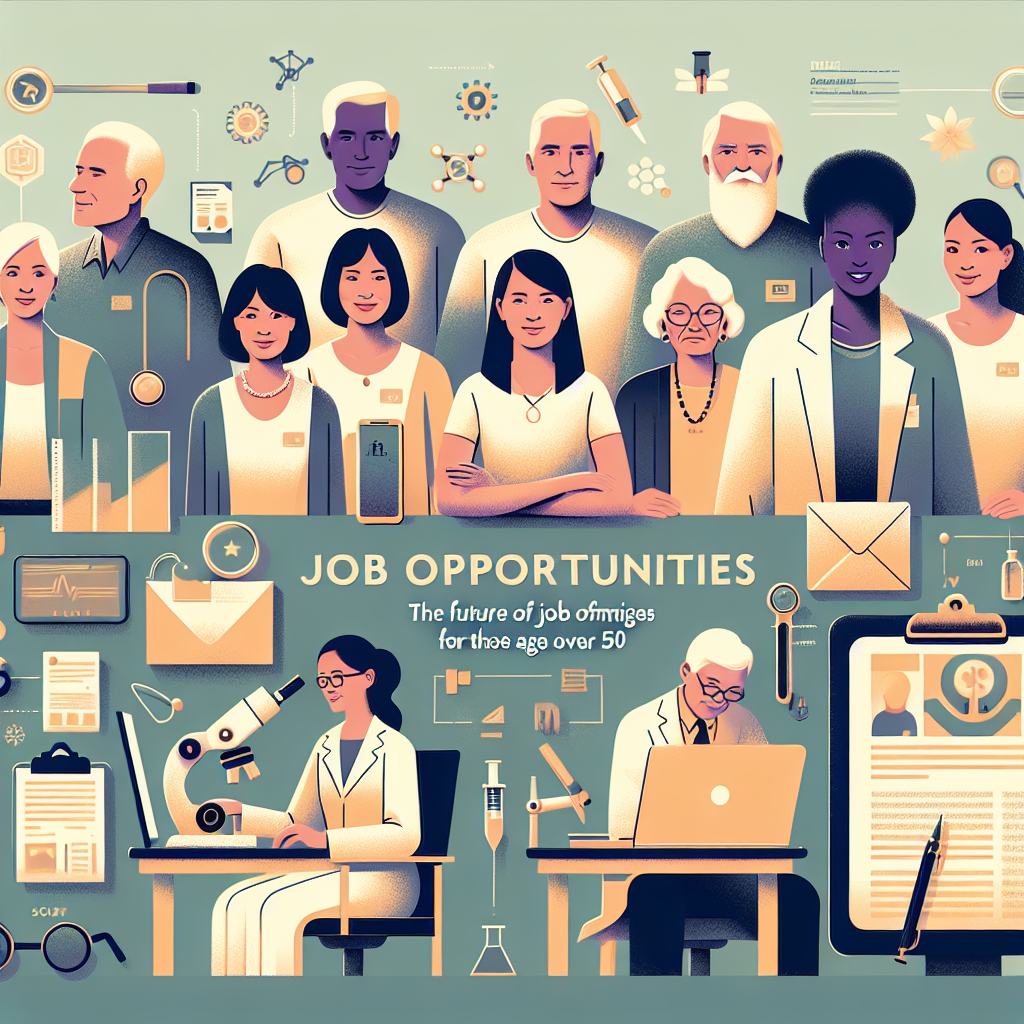The future for midlife and mature workers is shifting rapidly as employers confront labor shortages, remote work normalization, and the need for diverse experience. The Future of Over 50 Job Opportunities: What To Expect outlines the major trends shaping hiring for seasoned professionals and practical steps you can take to remain competitive. Whether you want to transition careers, work part-time, or move into consulting, understanding what employers value and how to present your skills will help you navigate the next decade.
Key trends reshaping work for older employees
Several macro trends are creating new openings and altering expectations for workers over 50. Employers increasingly seek stability, institutional knowledge, and mentorship ability, while also demanding digital literacy and flexible mindsets. Expect these patterns to continue:
- Remote and hybrid roles becoming permanent fixtures, expanding geographic opportunities for mature workers.
- Higher demand for part-time, contract, and project-based work as companies adopt agile staffing models.
- Growth in industries like healthcare, education, and technical services which value experience and communication skills.
- Increased investment in reskilling programs aimed at mid-career transitions, often in partnership with community colleges and employers.
How employers’ expectations are changing
Hiring managers now look for a balance of experience and current technical capability. Soft skills—problem solving, leadership, adaptability—are rising in importance, but they must be paired with evidence of continuous learning. Certifications, short technical courses, and demonstrable project work can help bridge perceived skill gaps. Employers also value candidates who can mentor younger staff and help transfer institutional knowledge.
Where opportunities will concentrate
Expect growth in roles that leverage both expertise and human-centered skills:
- Healthcare support and administrative roles where experience and empathy matter.
- Training, coaching, and HR functions that capitalize on mentoring abilities.
- Project and program management in public and private sectors where process knowledge is critical.
- Technical support and customer success roles that combine people skills with product knowledge.
Practical steps to stay competitive
Actionable moves can help you convert experience into new opportunities:
- Update digital skills with focused online courses or community college classes.
- Refresh your résumé to highlight outcomes and recent projects rather than only past job titles.
- Build a concise online portfolio or LinkedIn presence showing continuous learning and relevant achievements.
- Network in industry groups and professional associations—many roles are filled through connections.
For practical job-hunting tactics, including where to find specialized postings and how platforms differ, younger job seekers often have dedicated guides that explain board types and paid vs. free options; a helpful resource that compares job boards and their features is available in the ultimate guide to job boards for college students in the USA, covering free and paid options, which you can adapt for mature job-seeking strategies.
Policy and economic context
Government and institutional data show that labor-force participation for older individuals is rising in many countries as people live longer and choose to work later. For a high-quality summary of labor trends affecting older workers, see the Bureau of Labor Statistics analysis on older workers, which outlines workforce participation and career options in depth.
BLS article on older workers: labor force trends and career options
Financial and lifestyle considerations
Many people over 50 prioritize flexibility, benefits, and meaningful engagement over salary alone. When evaluating opportunities, factor in health insurance, retirement contributions, commute or travel demands, and the potential for steady part-time income versus freelance variability. Consulting and contract work can offer control and higher hourly rates, but may lack employer-provided benefits.
Short checklist before applying
- Audit your digital brand: update LinkedIn and remove outdated job descriptions.
- List recent accomplishments that show measurable impact within the last 3–5 years.
- Identify two skill gaps and enroll in a short course that addresses one of them.
- Prepare a narrative that explains your career pivot or continued growth in a concise way.
FAQ
Q: Are employers biased against hiring people over 50?
A: Age bias can exist, but awareness and laws against discriminatory hiring are growing. Highlighting current skills, continuous learning, and recent accomplishments reduces the risk of being overlooked.
Q: What industries offer the best prospects for over-50 workers?
A: Healthcare, education, professional services, and customer-facing technical roles tend to value experience and communication, making them strong options for mature job seekers.
Q: How can I demonstrate up-to-date skills?
A: Complete short, verifiable courses, earn microcredentials, contribute to volunteer or freelance projects, and document these in your résumé and online profiles.



